Running the Chicago Marathon: Defining Success
Running at its core is a physical sport. It’s about pushing the limits of what your body can achieve, to accomplish more than you thought was possible. But it’s also very much a mental game. Your frame of mind and belief in yourself will help you push your body to achieve your moonshot goals. With only a few days to go before I run in Chicago this weekend, I can’t help but think of the lessons I learned at Nike’s Breaking2 this past May, which have helped carry me through this cycle of training.
Breaking2
For those who may not know, Breaking2 was Nike’s attempt to enable the first sub-two-hour marathon. Eliud Kipchoge, Zersenay Tadese and Lelisa Desisa were the world-class marathoners that were selected to attempt this feat, and I can honestly say it was one of the most memorable and inspiring experiences of my entire life. The world was saying it was not possible, yet these three outstanding athletes were fully committed and believed that they could break 2:00:00. Even though the feat was not achieved, everyone from the team of pacers, to the coaches, to the fans, believed it was possible, and that was what was most important in the end.
Master Your Mind
One thing Eliud said at the time has continued to resonate with me: it is not just about the legs, but also the head and the heart. You need to master your mind. The biggest change that I have made since attending Breaking2 is my mental approach when it comes to training and racing. When I look back on my previous training, I was never really setting actual goals for myself, but setting limits on what I thought I was capable of. Now my mantra is believe in yourself. This cycle, I have set goals on what I believe in my heart I can do, not on what past numbers have dictated that I can do. This has allowed me to set bigger moonshot goals and push myself harder than I would have in the past. If you believe you can do it, you will find it in you to dig deep and make it happen.
Chart The Course
Once you are able to break down your mental barriers, you can further set yourself up for success by visualizing your run. In advance of any race, I like to take myself through many different scenarios. I imagine overcoming adverse race conditions and I research my expected splits. Study the course map and become familiar with where the kilometer/mile markers are. What direction will the wind be coming from and where will you get a break from it. Take note of what direction N/S/E/W you’ll be running during certain sections and for how long. Knowing this information helps break up the course into smaller sections in your mind, and will make it seem more manageable. I also like to write down how I expect to feel at each section of the course, and affirmations that I will need to tell myself at those points: control, patience, maintain, push, go with it, stick to it, fight. I will repeat these to myself over and over throughout the race. Again, this is a way for me to master my mind. For Chicago, I am planning on driving the course the day before the race, so that I can give it a quick study and have a clear idea of how far different segments are and where challenging sections might be.
Defining Success
For my first time running Chicago, there is so much that I am excited about; the competitive field, the crowd support and the fast course. But what I am MOST excited for is to be lining up with my training partner. To know that I will have someone in the race with me that I am familiar with, have trained with, has a similar goal as myself and can share this experience with, is very exciting. I watch this race every year and I have seen so many great athletes run outstanding races. I am really excited to have the opportunity to follow in their footsteps. It will also be important for me not to get carried away with the moment, and stay in control of my own race.
Throughout my training this cycle and looking towards Chicago this weekend, I am very motivated by the idea of making the impossible possible. Day one of this cycle, running 2:25:00 wasn’t within my capabilities, it was impossible. It was my moonshot. Nothing in my training indicated I was capable of it. It’s 3:30 min faster than my PB. 14 weeks later, 2:25:00 has gone from a moonshot to 100% achievable. It is by no means a guarantee. It will not be easy and will take everything I have. But I believe that I can do it and that idea alone is all the motivation I need.
Success will require me to make the best decisions in the moment over the course of 42.2km. It could mean running even splits, running a negative split, going out hard and trying to hold on. In the end I’ll only know if I made the right decisions once I cross the finish line. What I know for sure is that I have done everything I can do to prepare myself both mentally and physically, and now I am ready to run!
If you would like to learn more about Nike’s Breaking2 and see the attempt in action, check out National Geographic’s documentary special, which can be viewed on their YouTube channel: https://www.youtube.com/watch?v=V2ZLG-Fij_4




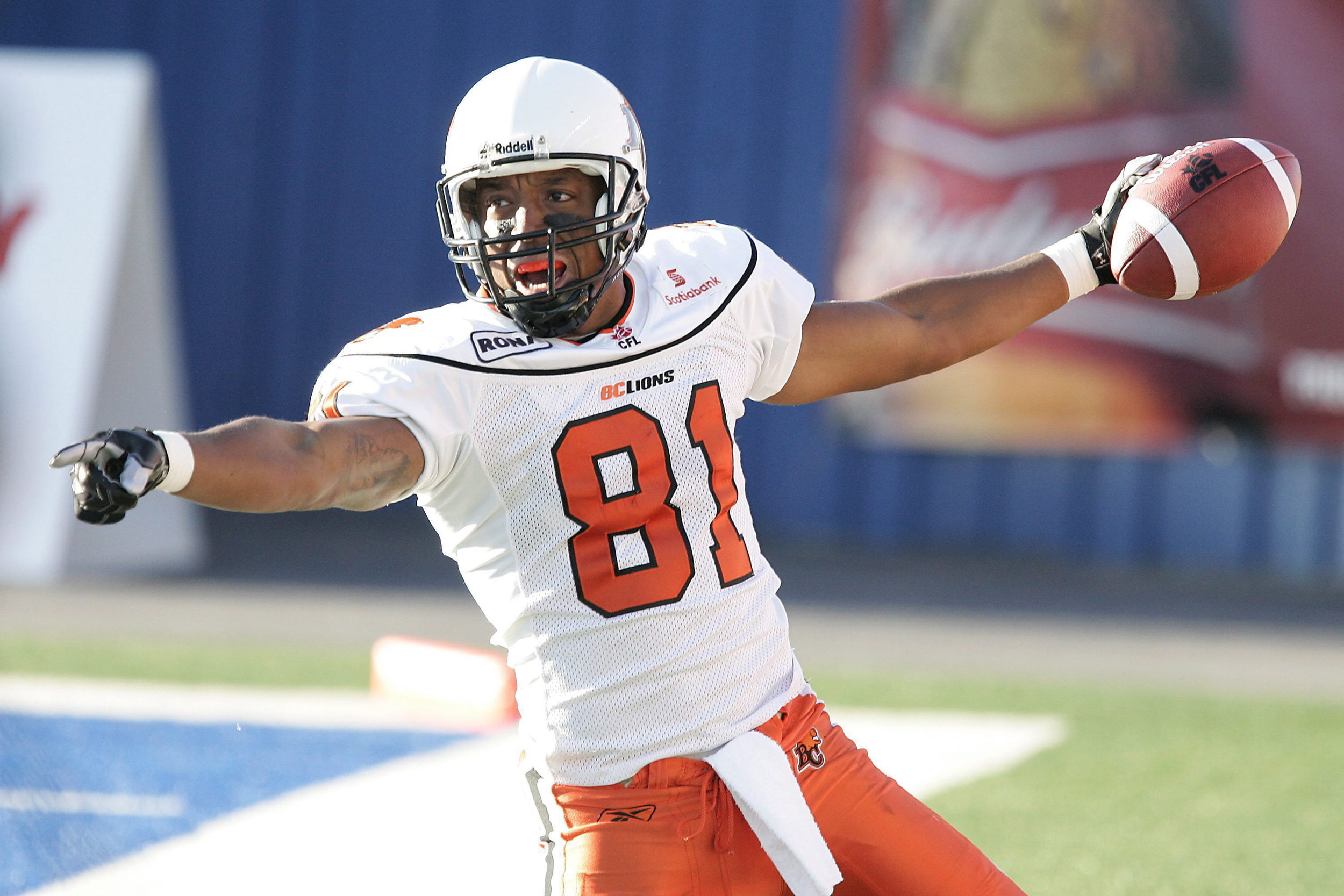



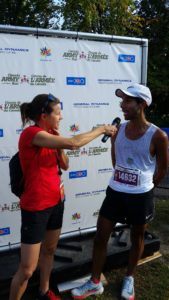
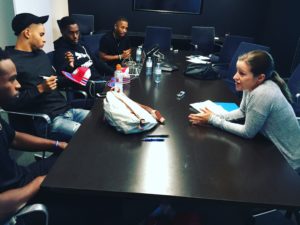


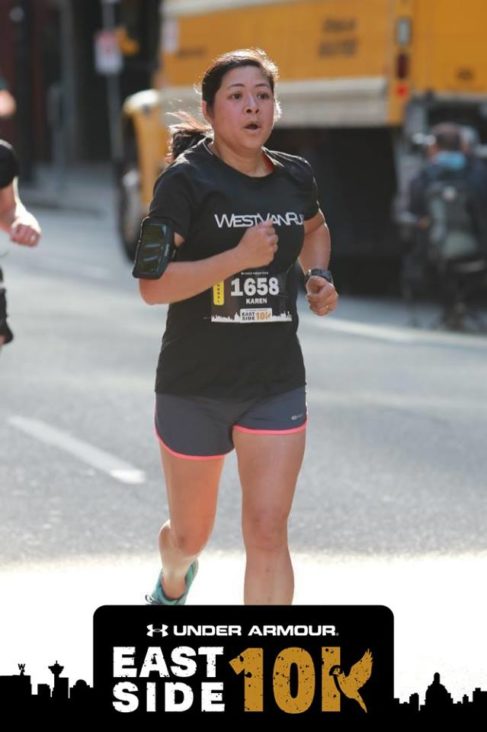 Around the halfway point, the course goes onto an overpass and we start climbing…and climbing…and turning…and climbing…and turning. I did not account for this. I thought it would be one major hill and I’d run that many times in training because it’s not too far from my house. This is where I lost my mojo. My pace slowed from 5:02/km at the halfway point to 5:14/km during the 1.2 kilometre hill climb. I don’t think I’m going to make 49:30. See ya later, 50 minute pacer.
Around the halfway point, the course goes onto an overpass and we start climbing…and climbing…and turning…and climbing…and turning. I did not account for this. I thought it would be one major hill and I’d run that many times in training because it’s not too far from my house. This is where I lost my mojo. My pace slowed from 5:02/km at the halfway point to 5:14/km during the 1.2 kilometre hill climb. I don’t think I’m going to make 49:30. See ya later, 50 minute pacer.
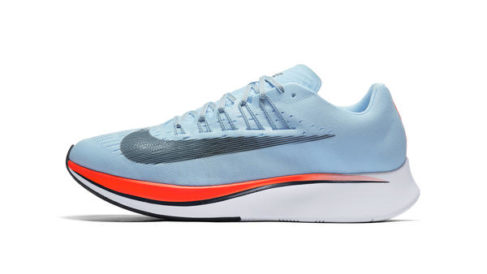
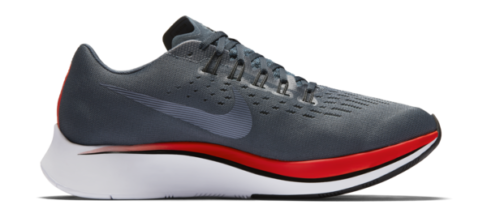 But let’s say you’re really into
But let’s say you’re really into 
 Our Magazine
Our Magazine Previous Release
Previous Release
